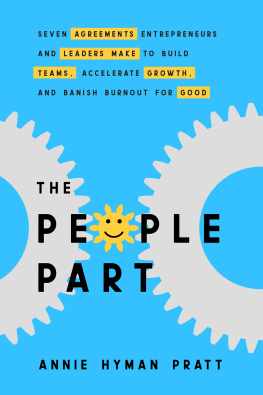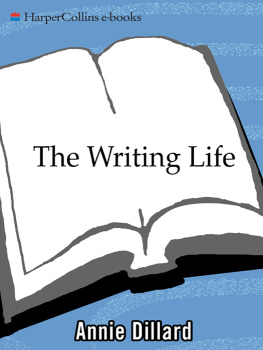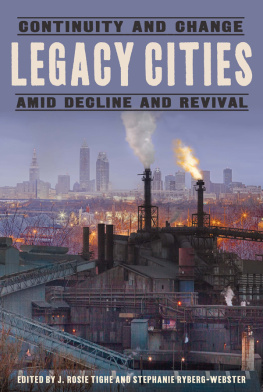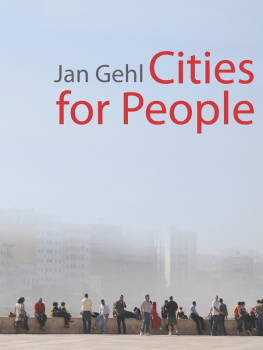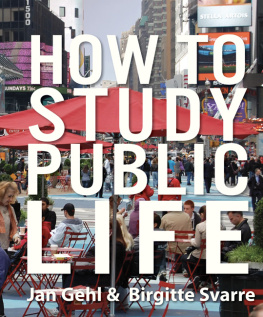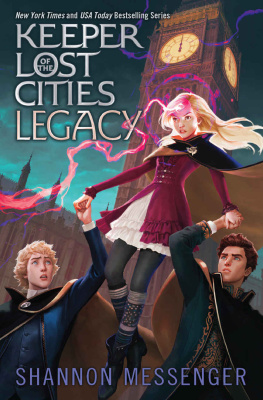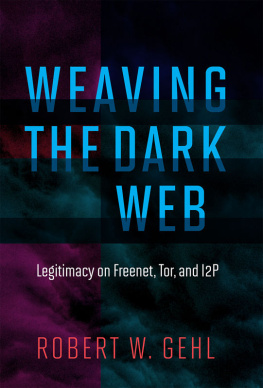Matan Annie - People Cities: The Life and Legacy of Jan Gehl
Here you can read online Matan Annie - People Cities: The Life and Legacy of Jan Gehl full text of the book (entire story) in english for free. Download pdf and epub, get meaning, cover and reviews about this ebook. year: 2016, publisher: Island Press, genre: Non-fiction. Description of the work, (preface) as well as reviews are available. Best literature library LitArk.com created for fans of good reading and offers a wide selection of genres:
Romance novel
Science fiction
Adventure
Detective
Science
History
Home and family
Prose
Art
Politics
Computer
Non-fiction
Religion
Business
Children
Humor
Choose a favorite category and find really read worthwhile books. Enjoy immersion in the world of imagination, feel the emotions of the characters or learn something new for yourself, make an fascinating discovery.

- Book:People Cities: The Life and Legacy of Jan Gehl
- Author:
- Publisher:Island Press
- Genre:
- Year:2016
- Rating:3 / 5
- Favourites:Add to favourites
- Your mark:
- 60
- 1
- 2
- 3
- 4
- 5
People Cities: The Life and Legacy of Jan Gehl: summary, description and annotation
We offer to read an annotation, description, summary or preface (depends on what the author of the book "People Cities: The Life and Legacy of Jan Gehl" wrote himself). If you haven't found the necessary information about the book — write in the comments, we will try to find it.
People Cities: The Life and Legacy of Jan Gehl — read online for free the complete book (whole text) full work
Below is the text of the book, divided by pages. System saving the place of the last page read, allows you to conveniently read the book "People Cities: The Life and Legacy of Jan Gehl" online for free, without having to search again every time where you left off. Put a bookmark, and you can go to the page where you finished reading at any time.
Font size:
Interval:
Bookmark:
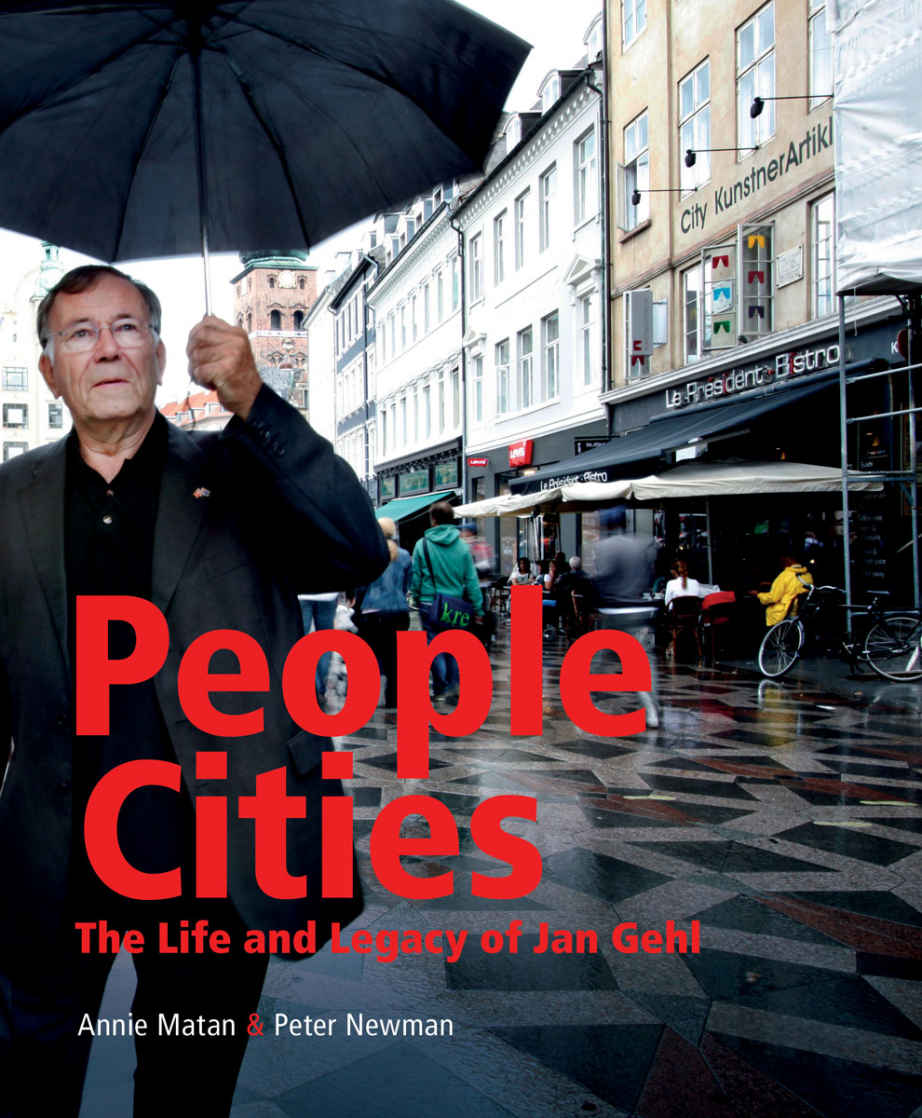


Copyright 2016 Annie Matan and Peter Newman
All rights reserved under International and Pan-American Copyright Conventions. No part of this book may be reproduced in any form or by any means without permission in writing from the publisher: Island Press, 2000 M Street, Suite 650, Washington, DC 20036
With thanks to
Jan and Ingrid Gehl
Realdania Foundation
Those that have added their stories to this book (in order of appearance in this book): Enrique Pealosa, Camilla Richter-Friis van Deurs, Klaus Bondam, Rob Adams, Clover Moore, Janette Sadik-Khan, Toshio Kitahara, Brett Wood Gush, and Tom Nielsen.
Those that have helped us and assisted in the development of the book Gehl Architects, Jan Newman, Jean-Paul Horr, Christine Finlay, Pilar
Kasat, City of Perth.
Project team
Editor: Heather Boyer, Island Press
Publisher of Danish edition: Kim Dirckinck-Holmfeld, BOGVRKET
Advice and guidance, fact checking, images, and historical information: Birgitte Bundesen Svarre, Gehl Architects
Graphics and images: Lars Gemze, Gehl Architects
Layout: Margrethe Mokrzycki, Mokrzycki Grafisk Design
Island Press is a trademark of The Center for Resource Economics.
Library of Congress Control Number: 2016947848
Printed on recycled, acid-free paper

Manufactured in the United States of America
10 9 8 7 6 5 4 3 2 1
THE HUMAN DIMENSION
MAKING PEOPLE VISIBLE
SPREADING THE WORD
COPENHAGEN AS LABORATORY
CHANGING MINDSETS
CHANGING CITIES GOING FORWARD
GOING FORWARD

by Enrique Pealosa, Mayor of Bogot, Colombia, 1998-2001, re-elected in 2015
When I became mayor of Bogot in 1998, I was obsessed with getting cars off sidewalks and creating a network of hundreds of kilometers of protected bikeways. It was painfully difficult. Cars had been parking on sidewalks, or where there should have been sidewalks, for decades. There was not one block in the city where somebody on a wheelchair could go from one corner to the other on a sidewalk.
Talking about bikeways was even more difficult. At that time, there were no major bikeways in any city in America, not even in European cities such as Paris or Madrid.
But, of course, we knew of Dutch cities and of Copenhagen. We had some support from a Dutch NGO for our project to create a safer urban environment for everyone in Bogot. And as soon as I could, I visited Copenhagen to see its bicycle and pedestrian infrastructure for myself.
Once in Copenhagen, I asked some urbanists what book about urban planning, with emphasis on pedestrian space and bicycling, could I buy? What urbanist could I meet? They recommended Jan Gehl and his book: Life Between Buildings.
I was fascinated by the book. My intuition and vision now had a backbone. Then something marvelous happened: Jans daughter moved to Bogot to work for an NGO. This made Jan travel, not once but several times, to Bogot. We took him on our recently built bikeway network and on our greenways, and we made several presentations.
I discovered, beyond urban matters, what a marvelous human being Jan is, to everybody, what a great sense of humor he has, and even what a fun musician he is with the group of friends with whom he plays the trombone. It is evident that his work on humane cities stems from the way he lives and enjoys life: above all, he wants to make cities that are happier cities, more-fun places to live in.
Jan and I became friends. We met in many places, and I was one of many promoting his gospel all over the world.
Beyond his direct advisory work, Jan has influenced hundreds of cities all over the world to become more humane and happier. I am thankful to know Jan, learn from him, and enjoy him as a human being.

Jan Gehl and Enrique Pealosa testing the new bicycle infrastructure in Bogota in November 2003. The bicycle rickshaw was brought along by the good host because Jan was suffering from a knee injury.

In 2007, I had just returned to Perth after studying and working in the US for six years. I was very interested in continuing my research in walkability and urban design, particularly how people relate to the built environment and why we are continually creating places that people do not like. Through my studies, I had been introduced to Jan Gehls work, and undertook a Jan-Gehl-type Public Space Public Life survey of the city center in Fremantle, Western Australia. This study fueled my desire to undertake more. I was lucky enough to have Jan review this study and then, when he visited Perth in early 2008, to have Peter Newman introduce me to Jan. Jan mentioned that he could use some assistance for the book from Birgitte Svarre on methodologies to study public life.
Before I knew it, I was on a plane to Copenhagen, where I spent over three months working with Jan and Birgitte and others at Gehl Architects. I was also living in a city where public space and peoples enjoyment of space is put first in planning. It was a life-changing experience.
Returning to Perth, on my journey home from the airport, I kept thinking that everything was moving too fast, and then I realized that it had been the first time in three months that I had been in a car. The world was rushing by. In 2008, while in Copenhagen, and also back in Perth, I worked with Jan, Anna Modin, and their team from Gehl Architects on the second Perth Public Space Public Life survey, carried out 15 years after the earlier study. I worked on planning the survey and then helping coordinate the undertaking of the surveys with the City of Perth, the Department of Planning and Infrastructure, and Curtin University (with Murdoch University). Spending many hours watching how a city street works is certainly an eye-opening experience. Observing Jans insights firsthand is also eye opening.
The survey was launched in 2009, and Jan returned to Perth with heavy media attention and a number of big public events, all of which he handled with his grace and good humor. This work set up the next decade of change in our city. The city today is a dramatically different place in terms of street life. Everyone who knew the city center 10 or 20 years ago will readily agree that the new central Perth is a far better place. But very few people know how important Jans role was in this transformation.
This book highlights Jans role in humanizing cities around the world, which had its non-European debut in Perth.

Font size:
Interval:
Bookmark:
Similar books «People Cities: The Life and Legacy of Jan Gehl»
Look at similar books to People Cities: The Life and Legacy of Jan Gehl. We have selected literature similar in name and meaning in the hope of providing readers with more options to find new, interesting, not yet read works.
Discussion, reviews of the book People Cities: The Life and Legacy of Jan Gehl and just readers' own opinions. Leave your comments, write what you think about the work, its meaning or the main characters. Specify what exactly you liked and what you didn't like, and why you think so.

